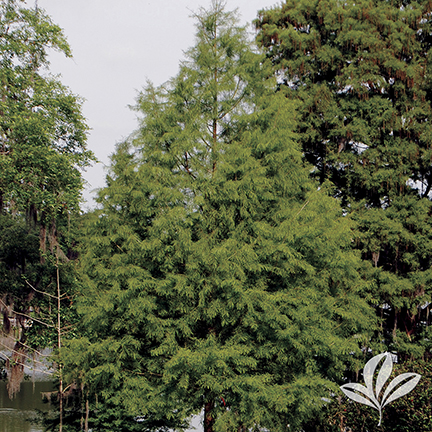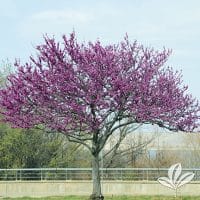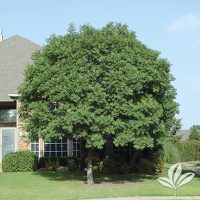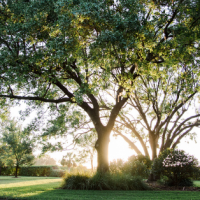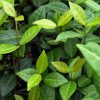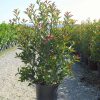Description
Bald Cypress Trees
The Bald Cypress, scientifically known as Taxodium distichum, is a majestic and resilient deciduous conifer celebrated for its unique adaptability and striking appearance. This versatile tree is a favorite for landscaping, particularly in wet or challenging soils.
While the bald cypress is a Southern staple in and around swampy areas, the trees grow very well in acidic yards with sandy or loamy soil. They grow very well in hardiness zones 7-10 and prefer full sun.
Key Features:
- Height & Spread: Mature trees reach heights of 50-70 feet, with a spread of 20-30 feet, forming a narrow, pyramidal shape that gradually broadens with age.
- Foliage: Soft, feathery needles emerge bright green in spring and summer, turning a rich coppery-bronze in fall before shedding, giving the tree a “bald” appearance in winter.
- Trunk & Bark: The trunk is often buttressed at the base, particularly in wetter environments, providing stability. The bark is reddish-brown to gray, fibrous, and peels in strips, adding textural interest.
- Root System: Known for its “knees” or pneumatophores, which are woody projections that rise above the ground or water surface, especially in swampy areas. These structures are believed to aid in respiration and stabilization.
Why Choose Bald Cypress?
- Timeless Elegance: With their towering height, feathery leaves, and buttressed trunks, bald cypress trees create an awe-inspiring presence.
- Hardy Survivors: These trees are highly adaptable and can withstand flooding, drought, and various soil conditions—including areas with poor drainage.
- Unique Knees: Bald cypress trees develop “knees,” woody projections from their roots that often rise above the waterline. While their exact purpose is still debated, these structures add an extra layer of intrigue to this species.
- Deciduous Conifer: Unlike most conifers, bald cypress trees lose their needles in the fall, giving them their “bald” name. Their brilliant rust-colored foliage during autumn is a sight to behold.
Growing Conditions:
- Soil: Thrives in various soil types, including sandy, loamy, and clay soils, with a preference for acidic to neutral pH levels. It is especially well-suited for wet, swampy, or periodically flooded areas but can also adapt to drier soils once established.
- Light: It prefers full sun to partial shade and requires at least 4-6 hours of direct sunlight daily for optimal growth.
- Water: Highly tolerant of wet conditions and periodic flooding, making it ideal for low-lying landscapes, rain gardens, or near bodies of water. It can also withstand drought conditions once it is mature.

